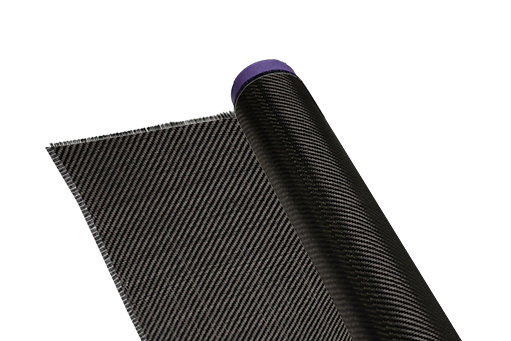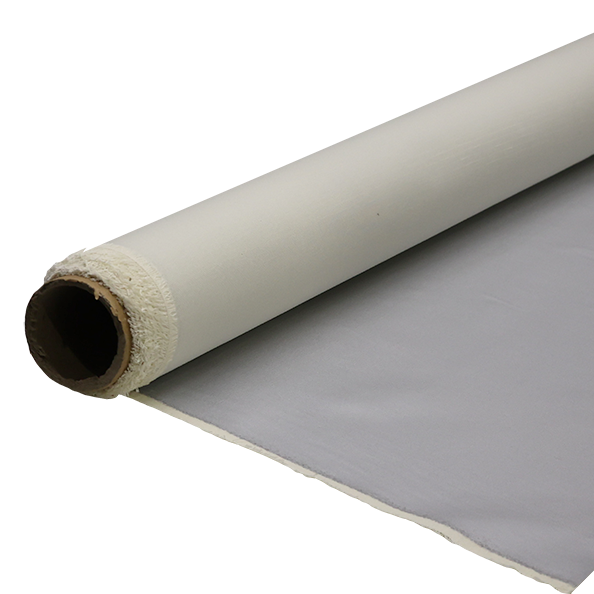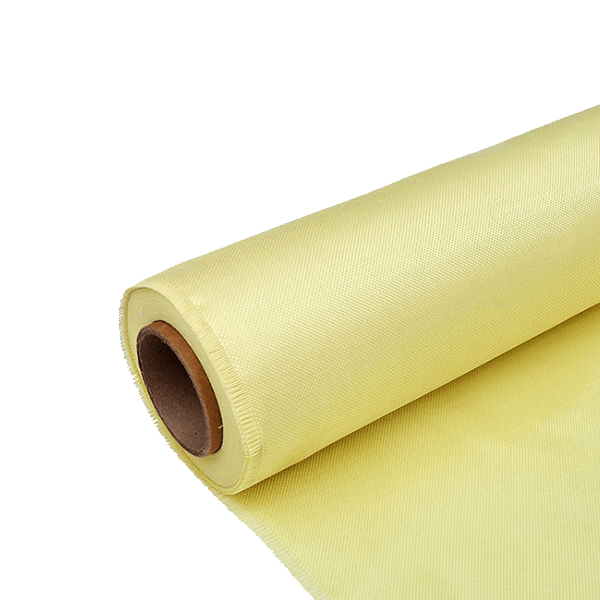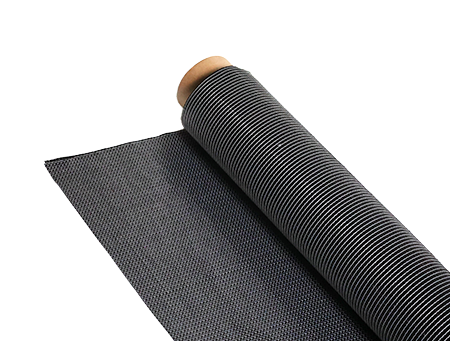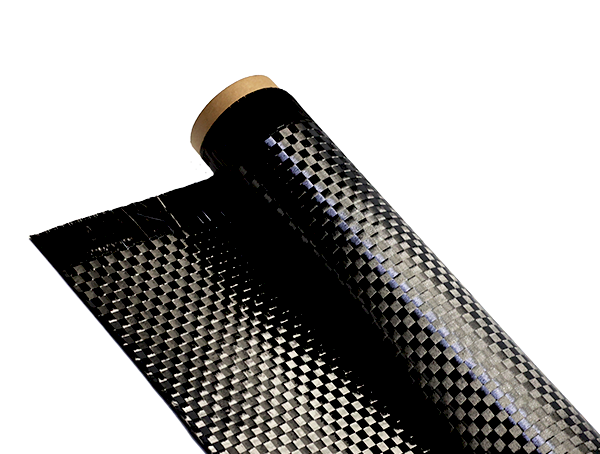What Is Resin Gel Time and Why It Matters
-
Table of Contents
“Understanding Resin Gel Time: The Key to Perfecting Your Craft.”
Resin gel time refers to the period during which a resin remains workable before it begins to harden or cure. This critical timeframe is essential for various applications, particularly in industries such as construction, automotive, and art, where resin is used for casting, laminating, or coating. Understanding gel time is crucial because it affects the handling, application, and overall quality of the final product. A resin with an appropriate gel time allows for better manipulation and integration with other materials, ensuring optimal performance and durability. Conversely, if the gel time is too short, it can lead to incomplete applications or defects, while an excessively long gel time may result in inefficiencies and delays in production. Thus, knowing the gel time of a resin is vital for achieving desired results and maintaining workflow efficiency.
Understanding Resin Gel Time: Definition and Importance
Resin gel time is a critical parameter in the field of materials science, particularly in the context of polymer chemistry and composite manufacturing. It refers to the period during which a resin transitions from a liquid state to a gel-like state, marking the onset of curing or hardening. This transformation is essential for various applications, including the production of adhesives, coatings, and composite materials. Understanding resin gel time is vital for manufacturers and engineers, as it directly influences the processing conditions and the final properties of the material.
The significance of resin gel time cannot be overstated. It serves as a key indicator of how a resin will behave during the curing process. For instance, a shorter gel time may be advantageous in applications requiring rapid production cycles, allowing for quicker assembly and reduced downtime. Conversely, a longer gel time can provide more working time, enabling users to manipulate the resin more effectively before it hardens. This flexibility is particularly important in complex applications where precise placement and adjustments are necessary.
Moreover, the gel time of a resin is influenced by several factors, including temperature, humidity, and the presence of catalysts or accelerators. For example, increasing the temperature typically reduces gel time, as higher thermal energy can accelerate the chemical reactions involved in curing. Similarly, the addition of catalysts can significantly shorten the gel time, allowing for faster processing. Understanding these variables is crucial for optimizing production processes and ensuring that the final product meets the desired specifications.
In addition to its impact on processing, resin gel time also plays a pivotal role in determining the mechanical properties of the cured material. The gelation process affects the cross-linking density within the resin, which in turn influences attributes such as strength, flexibility, and thermal stability. A resin that gels too quickly may not achieve optimal cross-linking, leading to a brittle final product. Conversely, a resin that gels too slowly may result in issues such as sagging or improper bonding in layered applications. Therefore, achieving the right balance in gel time is essential for ensuring that the final material exhibits the desired performance characteristics.
Furthermore, resin gel time is also a critical consideration in quality control and product consistency. Manufacturers must ensure that their resins maintain a consistent gel time across batches to avoid variability in performance. This consistency is particularly important in industries such as aerospace and automotive, where material reliability is paramount. By closely monitoring gel time, manufacturers can implement quality assurance measures that help maintain the integrity of their products.
In conclusion, resin gel time is a fundamental aspect of resin chemistry that significantly influences both processing and the final properties of materials. Its importance extends beyond mere production efficiency; it is integral to achieving the desired mechanical characteristics and ensuring product reliability. As industries continue to evolve and demand higher performance materials, a thorough understanding of resin gel time will remain essential for engineers and manufacturers alike. By optimizing gel time through careful control of processing conditions and formulation, it is possible to enhance the quality and performance of resin-based products, ultimately leading to advancements in various applications.
Factors Influencing Resin Gel Time in Various Applications
Resin gel time is a critical parameter in various applications, particularly in the fields of manufacturing, construction, and art. Understanding the factors that influence gel time is essential for optimizing processes and achieving desired outcomes. Several variables can affect the gel time of resin, including temperature, humidity, catalyst concentration, and the specific formulation of the resin itself. Each of these factors plays a significant role in determining how quickly a resin will transition from a liquid to a solid state, which can have profound implications for both the efficiency of production and the quality of the final product.
Temperature is perhaps the most influential factor affecting resin gel time. Generally, an increase in temperature accelerates the curing process, leading to a shorter gel time. This phenomenon occurs because higher temperatures increase the kinetic energy of the molecules involved in the chemical reaction, thereby facilitating faster interactions. Conversely, lower temperatures can significantly prolong gel time, which may be advantageous in certain applications where extended working time is required. However, it is crucial to maintain a balance, as excessively high temperatures can lead to issues such as exothermic reactions that may compromise the integrity of the resin.
Humidity also plays a vital role in influencing resin gel time, particularly in applications involving epoxy resins. High humidity levels can introduce moisture into the resin mixture, which may interfere with the curing process and lead to incomplete polymerization. This can result in a longer gel time and potentially affect the mechanical properties of the cured resin. Conversely, low humidity conditions can promote faster curing, but they may also lead to issues such as brittleness in the final product. Therefore, it is essential to monitor environmental conditions closely to ensure optimal curing results.
Another significant factor is the concentration of catalysts or hardeners used in the resin formulation. Catalysts are substances that accelerate the curing process by lowering the activation energy required for the chemical reaction to occur. The amount of catalyst added can dramatically influence gel time; a higher concentration typically results in a faster gel time, while a lower concentration may extend it. However, it is important to adhere to the manufacturer’s recommendations regarding catalyst ratios, as excessive amounts can lead to undesirable effects, such as increased brittleness or reduced clarity in the final product.
The specific formulation of the resin itself is also a crucial determinant of gel time. Different types of resins, such as polyester, epoxy, or polyurethane, have inherently different curing mechanisms and times. For instance, epoxy resins are known for their versatility and strong bonding properties, but they may require specific hardeners to achieve optimal gel times. Additionally, additives such as fillers, pigments, or stabilizers can alter the viscosity and reactivity of the resin, further influencing gel time. Therefore, understanding the unique characteristics of each resin formulation is essential for achieving the desired performance in various applications.
In conclusion, resin gel time is influenced by a multitude of factors, including temperature, humidity, catalyst concentration, and the specific formulation of the resin. Each of these elements interacts in complex ways, ultimately determining the efficiency of the curing process and the quality of the final product. By carefully controlling these variables, manufacturers and artisans can optimize their processes, ensuring that the resin performs as intended and meets the required specifications. Understanding these factors is not only crucial for achieving successful outcomes but also for advancing the applications of resin in various industries.
The Impact of Gel Time on Resin Curing and Performance
Resin gel time is a critical factor in the curing process of various resin systems, significantly influencing the performance and application of the final product. Understanding gel time is essential for manufacturers and users alike, as it directly affects the workability, strength, and overall quality of the cured resin. Gel time refers to the period during which a liquid resin transitions from a fluid state to a gel-like consistency, marking the onset of the curing process. This transition is crucial because it determines how long a user has to manipulate the resin before it begins to harden, impacting both the application techniques and the final properties of the cured material.
The impact of gel time on resin curing cannot be overstated. A shorter gel time may seem advantageous in terms of efficiency, allowing for quicker project completion. However, it can also lead to challenges in application, particularly for complex molds or intricate designs that require extended working time. Conversely, a longer gel time provides users with the flexibility to adjust and refine their work, ensuring that the resin can be adequately spread, shaped, or layered before it begins to set. This balance between speed and workability is essential for achieving optimal results, especially in industries such as construction, automotive, and art, where precision is paramount.
Moreover, the gel time of a resin can significantly influence its mechanical properties once cured. For instance, resins that cure too quickly may not allow for proper mixing of additives or fillers, leading to inconsistencies in strength and durability. On the other hand, resins with an extended gel time may allow for better integration of these components, resulting in a more robust final product. Therefore, understanding the gel time is not merely a matter of convenience; it is integral to ensuring that the resin performs as intended under various conditions.
In addition to mechanical properties, gel time also affects the thermal and chemical resistance of the cured resin. Resins that cure too rapidly may not achieve the necessary cross-linking density, which can compromise their ability to withstand heat or exposure to chemicals. This is particularly important in applications where the resin will be subjected to harsh environments, such as in marine or industrial settings. Thus, manufacturers must carefully consider gel time when formulating resins to ensure that they meet the specific performance requirements of their intended applications.
Furthermore, the gel time can be influenced by several factors, including temperature, humidity, and the presence of catalysts or accelerators. For instance, higher temperatures typically reduce gel time, while lower temperatures can extend it. This variability necessitates careful monitoring and control during the resin application process, as environmental conditions can significantly alter the expected performance. Consequently, users must be well-informed about the specific resin they are working with and the conditions under which it will be applied.
In conclusion, resin gel time is a fundamental aspect of the curing process that has far-reaching implications for the performance and application of resin products. By understanding the nuances of gel time, users can optimize their processes, ensuring that they achieve the desired results while maintaining the integrity and functionality of the cured resin. As industries continue to evolve and demand higher performance materials, the importance of gel time in resin formulation and application will only grow, underscoring the need for ongoing research and development in this area.
Q&A
1. **What is resin gel time?**
Resin gel time refers to the period it takes for a resin to transition from a liquid state to a gel-like state after the catalyst or hardener is added, indicating the start of the curing process.
2. **Why is resin gel time important?**
Resin gel time is crucial because it affects the working time available for mixing, pouring, and manipulating the resin before it begins to harden, which is essential for achieving desired results in projects.
3. **How does gel time impact the final outcome of a resin project?**
A shorter gel time can lead to quicker curing but may limit the ability to make adjustments, while a longer gel time allows for more flexibility in application but may increase the risk of dust or debris settling in the resin before it fully cures.Resin gel time refers to the period during which a resin remains workable before it begins to harden or cure. This timeframe is crucial in various applications, such as in the manufacturing of composites, adhesives, and coatings, as it affects the ease of application, the quality of the final product, and the overall efficiency of the production process. Understanding gel time allows manufacturers to optimize their processes, ensure proper mixing and application, and achieve desired performance characteristics in the final product. In summary, resin gel time is a key factor that influences the usability and effectiveness of resin-based materials.

